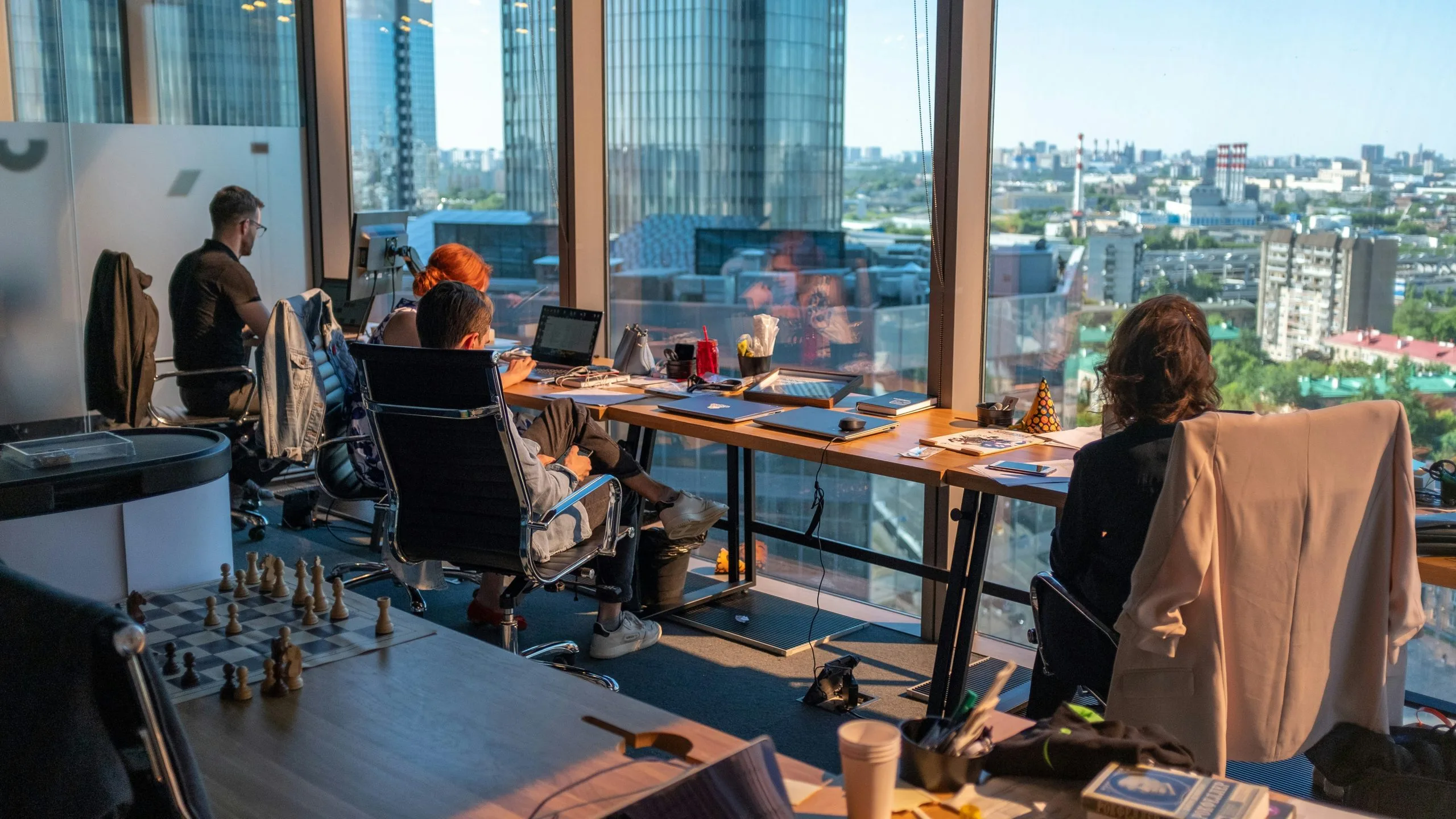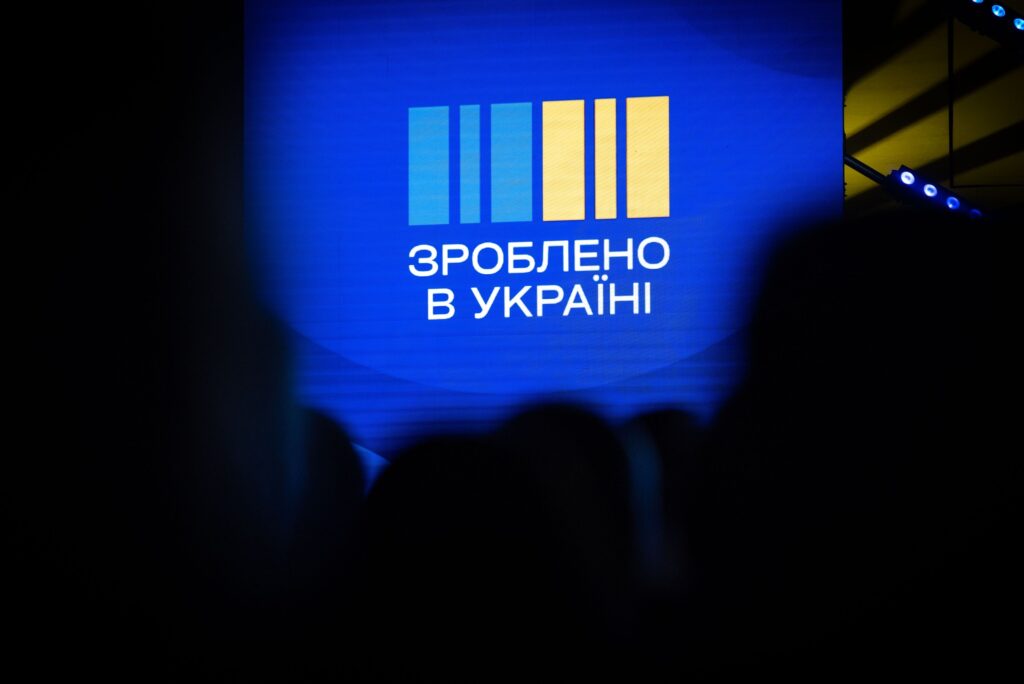In a major push to reduce the country’s reliance on international aid, Ukraine this week launched a new economic platform that the country’s president, Volodymyr Zelensky, hopes will help ensure that “Ukrainian money stays in Ukraine and works in Ukraine”.
Dubbed ‘Made in Ukraine’, the platform includes a series of support programmes for businesses worth 45 billion hryvnia (just over one billion euros) for the development of entrepreneurship and the support of domestic producers.
At a launch event on February 27, Zelensky said the programmes would consist of cheap credit lines and grants for Ukrainian manufacturers, including arms makers, as well as incentives for using Ukraine-made materials for reconstruction and cashback for citizens who purchase local goods.
“The entrepreneurial success of one person should be part of the public success and the common strength of the whole of Ukraine,” he added. “This is only possible if business operates in a transparent way, pays taxes in Ukraine, tries to create decent jobs for our citizens, and does not work in Russia or help the war against Ukraine. These are absolutely clear moral rules. Everyone who follows these rules should receive full support from the state and all institutions.”
Zelensky also said that Ukraine was working with its partners to insure all investments in the country against war risks, as well as to preserve and expand opportunities for Ukrainian exports.
“We have to win, and this is a matter of survival. And for Ukraine to have all the resources it needs to win, Ukrainian goods, Ukrainian services, Ukrainian consumption and Ukrainian exports, that is, Ukrainian entrepreneurs, must also win,” Zelensky said.
Following Russia’s full-scale invasion in February 2022, foreign direct investment (FDI) plummeted from 6.5 billion US dollars in 2021 to just 570 million US dollars in 2022, according to the Vienna Institute for International Economic Studies (wiiw).
‘We should be more self-sufficient’
Yulia Sviridenko, Ukraine’s deputy prime minister responsible for the economy, meanwhile said that the new push to support domestic producers was a comprehensive approach to continue economic growth, and recognition that the country needs to end it reliance on international support.
“We understand perfectly well that macro-financial aid might decrease from year to year, and if the war is going to last, it means that we should be more self-sufficient,” she said.
Since Russia invaded, Kyiv has ploughed most of its revenue into defence and the military, while spending on everything from pensions to social payments has been covered by tens of billions of US dollars of foreign aid. Ukraine expects to receive 11.8 billion US dollars in economic support this year from the United States, its prime minister, Denis Shmyhal, said this week, as well as 18 billion euros from the European Union.
In a video address to the launch event, US Special Representative for Ukraine’s Recovery Penny Pritzker noted that the Made in Ukraine brand is not only about quality and innovation, but also symbolises the courage, resilience, and creativity of the Ukrainian people
“Ukrainians demonstrate these qualities every day, defending their country both on the front line and at the production line,” she said, adding, “despite all Russia’s attacks on the country’s production facilities and on our country’s position in international markets, Ukraine continues to produce everything from consumer goods to food and high-tech drones.”
Ever since the war began, Emerging Europe has been running a Support Digital Ukraine initiative to rebuild trust amongst the international community of IT buyers, investors and influencers through a communications and content programme focused on technological advancement, quality, skills, commitment, and resilience.
Much like Made in Ukraine, its aim is to strengthen the image of Ukraine as a country with great technical capabilities, offering high quality services and steadily delivering to international partners even during wartime.
Growth needs a boost in productivity
Ukraine’s GDP fell by almost a third in 2022, the first year of war, with the economy expected to have recovered slightly in 2023, with modest growth of around 2.75 per cent.
Last week, Ukraine’s national bank (NBU) said that the prospect of EU membership and the fulfilment of relevant conditions would stimulate the country’s economic growth even before its formal accession, and that the integration process will stimulate foreign trade and attract investments, which will strengthen the country’s institutional capacity.
The bank also noted that while the Ukrainian economy is gradually recovering, high rates of sustainable economic growth are possible only if productivity levels increase. The NBU expects Ukraine’s economy to grow 3.6 per cent in 2024, followed by an acceleration to between four and six per cent in 2025–26.
Earlier this month a major World Bank report suggested that as of December 31, 2023, Ukraine’s recovery and reconstruction needs are estimated at almost 486 billion US dollars considering an (ambitious) 10-year period to meet them.
Ukraine’s push for self-sufficiency comes as the share of Ukrainians who believe the West is tired of supporting the country has risen from 30 per cent to 44 per cent in just four months, according to a poll published by the Kyiv International Institute of Sociology (KIIS) on February 27.
At the end of 2022, only 15 per cent of Ukrainians believed the West was tired of Ukraine and was weakening its support. The figure had reached 30 per cent by October 2023.







